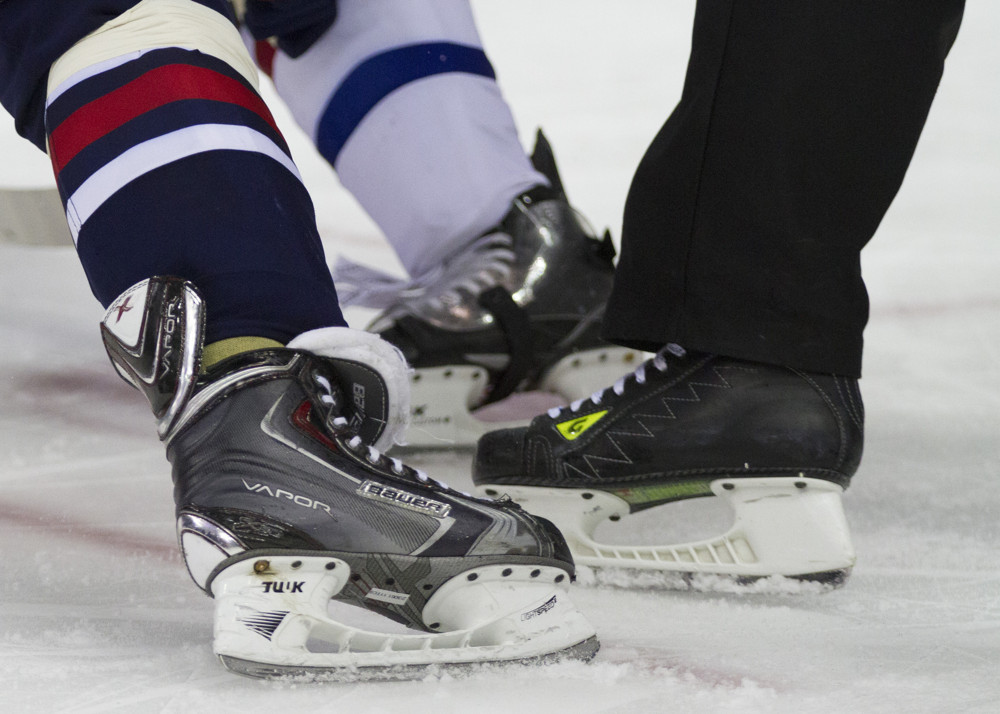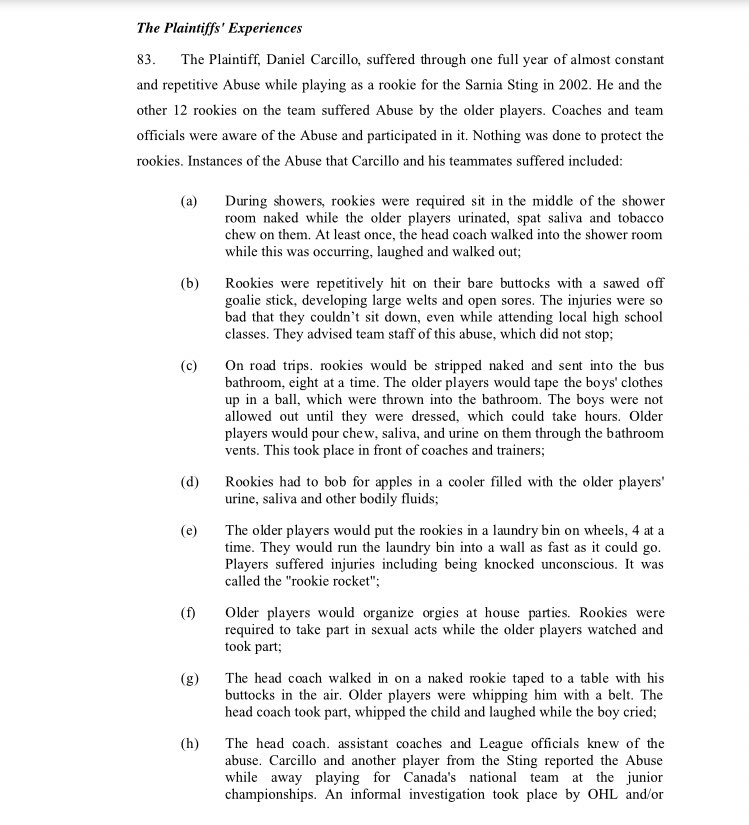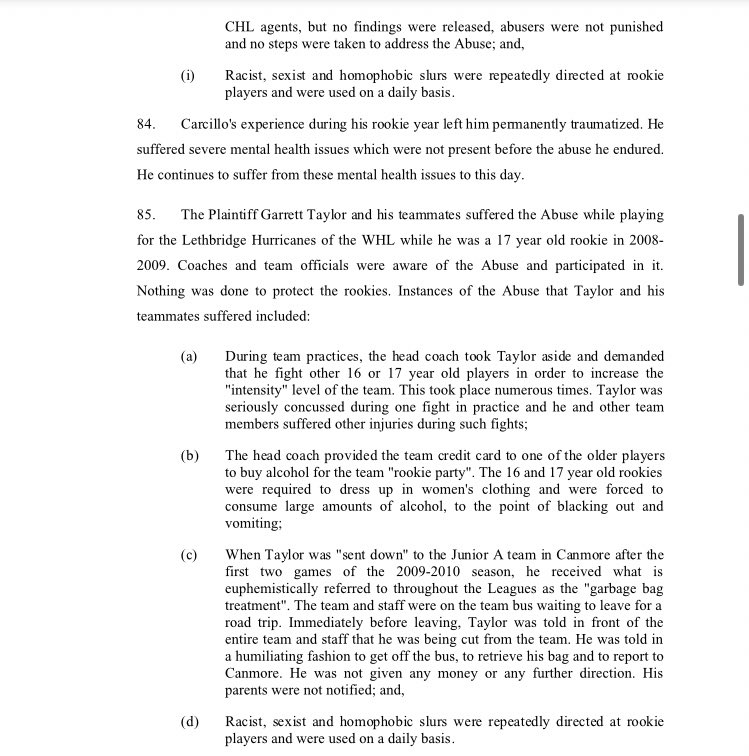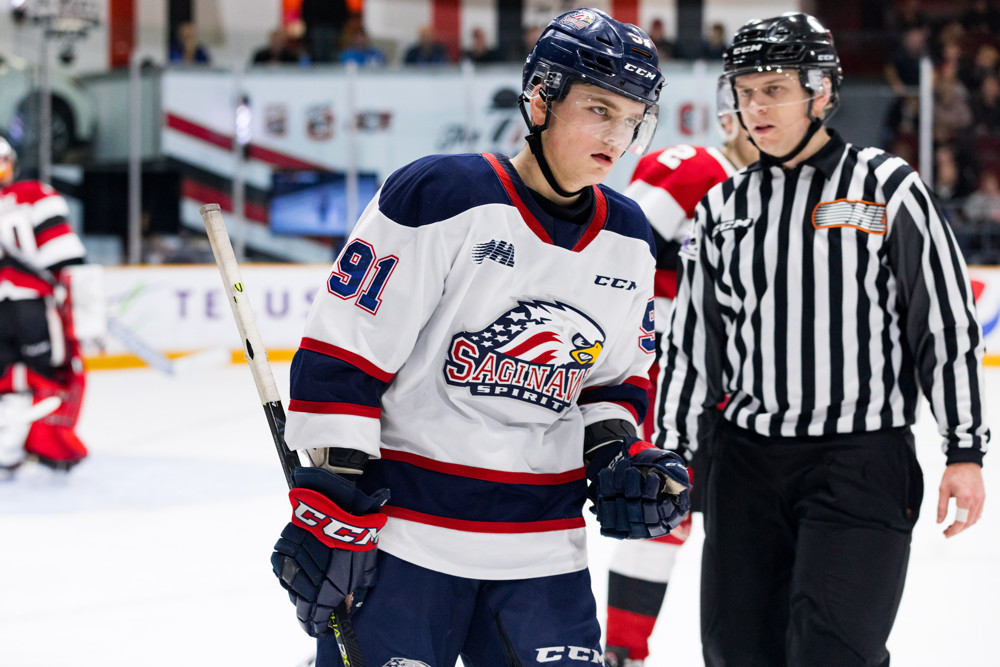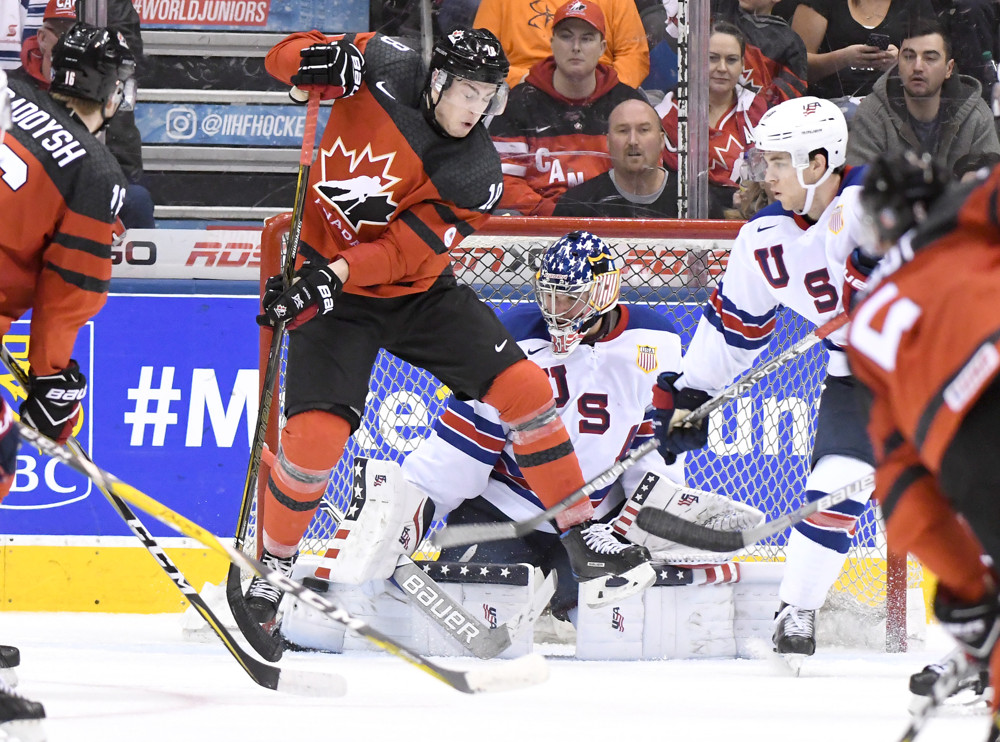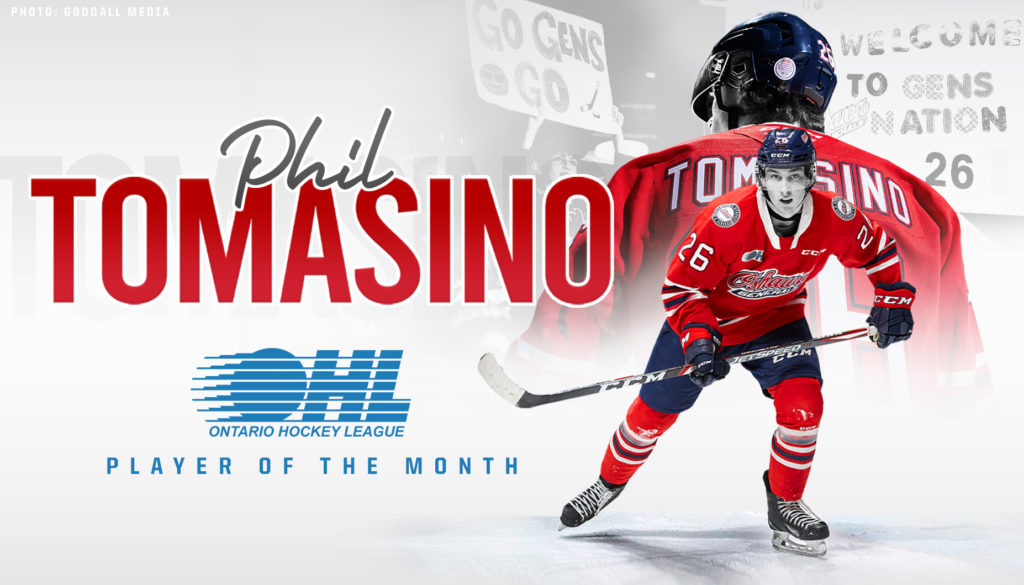Last week, disturbing allegations arose from the junior hockey leagues. Former Stanley Cup Champion Daniel Carcillo and former Western League player Garrett Taylor filed class-action lawsuits against the Canadian Hockey League for the horrific abuse they received as rookies and the neglectful nature of the league.
Below are Carcillo’s and Taylor’s claims.
First, nothing has been actually proven in court. These are only allegations thus far. But let’s break this down from a legal aspect. The plaintiff’s claims are simple to understand: rookies in the junior leagues are often subject to abuse and the league knowingly and willingly covers everything up. It would seem like the prosecution could easily win, but these allegations are hearsay and requires testimony from multiple sources, which will make the prosecutors’ hill tremendously harder to climb. Most likely, the defense will deny all allegations and circle the wagons, potentially forcing the prosecution’s case to solely rely on testimony. Relying on witness testimony will also make their case more problematic. In order to serve true justice to the victims, we have to understand the system that Carcillo and Taylor are fighting. That being said, the explicit details of the allegations should give you pause. Regardless of whether Carcillo and Taylor win the case or not, the culture in youth hockey clearly needs to change. The allegations alone should warrant an immediate and thorough investigation of the league.
Let’s stop calling this type of behavior “abuse.” That word is too forgiving of the perpetrators. What happened to Carcillo and Taylor (and the ten other players) was unequivocally torture. These players were not hazed, they were subjugated to a long series of human rights violations in which ADULTS participated. There is a remarkably massive difference between “earning your stripes” and being routinely transgressed because of your social status on the team. And yet, there is still a much larger issue at hand.
Why You Should Pay Attention
The NHL has recently undergone scrutiny for its relative inaction to fight racism, specifically in response to the Black Lives Matters protests. Only on June 19th did the league launch their Committed to Change website, “a resource hub for the entire hockey community to learn more about the issues we face and our ability to take action to support the Black community and combat injustice,” NHL Commissioner Gary Bettman stated. Teams and players spoke out against racism after the protests began. Be that as it may, the league had one particular opportunity to denounce racism before the protests. Merely a week before the murder of George Floyd, former NHL player Akim Aliu posted a piece called “Hockey is not for everyone,” where he detailed his experiences in the professional hockey world. He was the target of many racially-motivated incidents and slurs during his pro hockey endeavor. Because Aliu stood up to racial discrimination on and off the ice, he was labeled a “bad player.” Aliu played in the OHL, one of the leagues involved in the lawsuit, from 2005 till 2009. Here’s why that matters.
In both Carcillo’s and Taylor’s accounts, there is an account that states “Racist, sexist, and homophobic slurs were repeatedly directed at rookie players and were used on a daily basis.”
Those accounts feel like a footnote in comparison to the other allegations. People have to understand this: these allegations are so bad, racism and sexism were put on the backburner. Make no mistake– there is a difference between “a few bad apples” and a system that perpetuates brutal treatment of young men. Older players weren’t the only ones; the head coach, assistant coaches, and many staff for the teams that Carcillo and Taylor played for knew about the torture, condoned the torture, and participated in the torture. They weaponized public humiliation, dehumanized children, and purposefully covered their tracks. I don’t think there is a “worst part” about this case because frankly, each element seems just as horrific as the next one.
But, the CHL knew about it. They have declined to speak on the allegations, so one can reasonably assume they’re preparing a vague statement that hardly address the allegations. This isn’t even the first lawsuit that they’ve dealt with this year! Only recently did the CHL reach a settlement on a lawsuit dating back to 2014. Essentially, they demanded the players commit nearly 65 hours a week during their season without pay, and were willing to go to court for six years over that specific matter. It cost them $30 million dollars. Clearly, the CHL does not care about the personal well-being of their players and will squeeze every ounce of revenue out of them while simultaneously sweeping the systemic torture they condone underneath the rug. In light of this lawsuit, it would appear that racism in junior hockey was only the tip of the iceberg.
An athlete’s perspective
Locker rooms are tricky. Athletes love to joke around– mostly at the expense of teammates– because it’s part of the camaraderie, even if harmful language is used. In high school sports, a lot of off-colored remarks are uttered in locker rooms that are especially degrading to women, the LGBTQA+ community and the Black community. The reason that stories of acceptance and brotherhood in youth sports reach the ESPN level is because those stories are rare. The system feeds itself, meaning those who go against the grain are typically the ones who are joked about. If you don’t want to be harassed, either don’t say anything or join in. That’s the culture of youth sports. Unless something blatantly wrong happens, coaches tend to turn a blind eye, operating under the guise of letting “boys be boys.” Hazing is merely a byproduct of how any given team is run– if the head coach turns a blind eye, older players will do what they want. They are the ones who have the most control, but the culture starts at the top– teams who do not perform well are typically lead by a coach enforcing a bad culture. I don’t know what the long-term fix should be, primarily because the answer “education” usually rears its head, and hardly any high school sports team will allocate funds to learn about social issues. But the fact remains: the problems in youth sports are very real and need to be confronted. Although, and I cannot stress this point enough, there is a severe difference between systemic abuse that feeds itself with inaction and regular violation of children’s human rights for no reason other than the enjoyment of human suffering.
You might be wondering why Carcillo and Taylor are filing lawsuits in 2020 when the torture happened a while ago. Very simple: it is excruciatingly hard to come forward with information like this because the system will protect those coaches and older players before they admit any wrong-doing. In legal terms, it would be the victims’ word versus the word of whom the league employed. As an athlete, if I had a legitimate chance to crack the professional leagues, I would keep my mouth shut in fear of being blackballed. If I were talented enough to make it through the most competitive youth league and land on an NHL roster, then I’d force myself to live through the torture with the hope that things will get better. And that’s what Carcillo and Taylor did. And that’s why you need to pay attention now. Every detail in this case is shockingly horrible because of how inhumane each one is. The older players, coaches, and other team staff that participated in the treatment of Carcillo and Taylor were enthusiastically engaging in constant, deliberate physical and psychological torture of children. There is no other way to put it. There is no rational justification. In no way, shape, or form can they reasonably defend their actions. These perpetrators enjoyed torturing children, they thrived off of it. And they need to be reprimanded for it.

